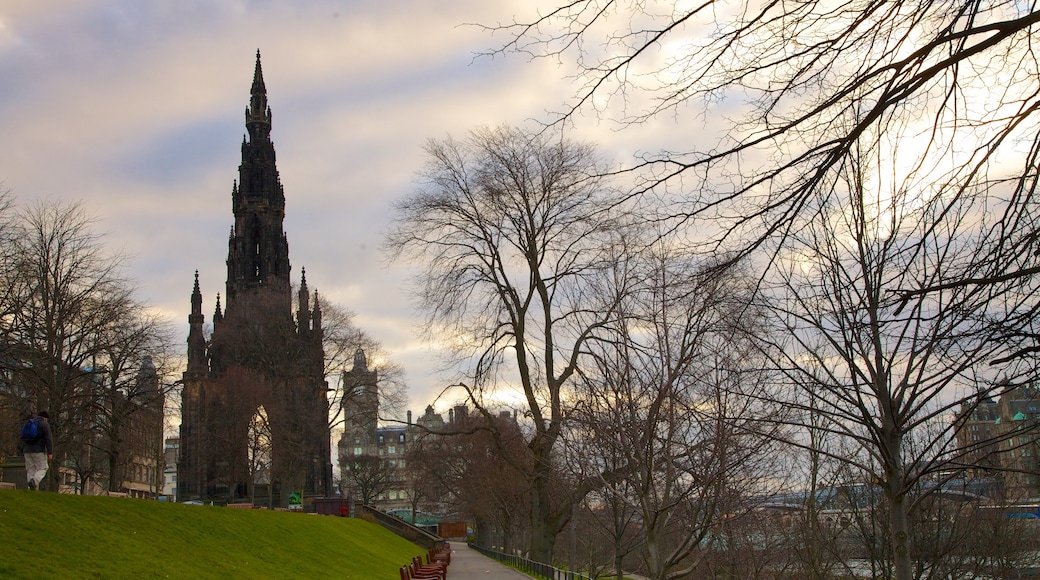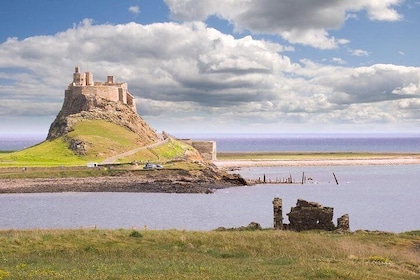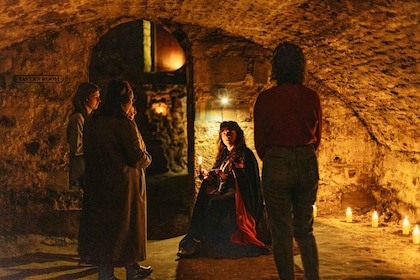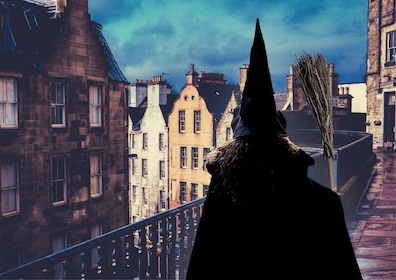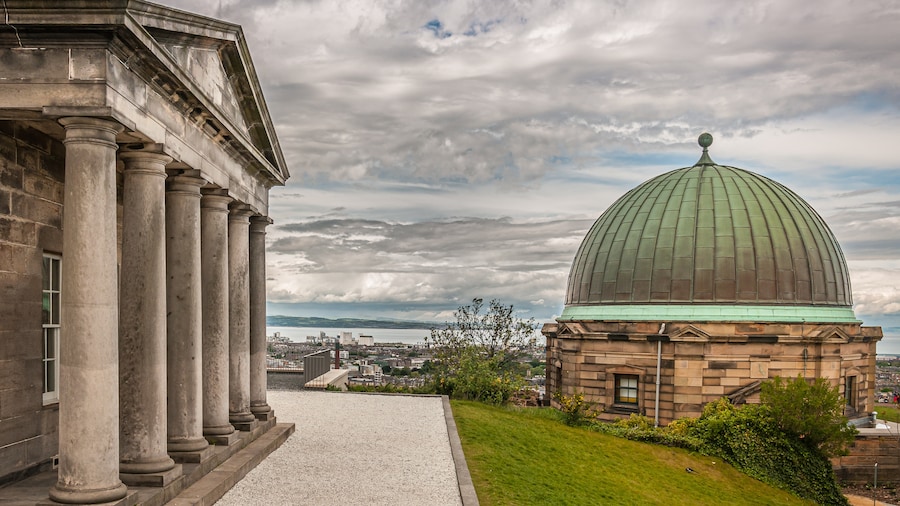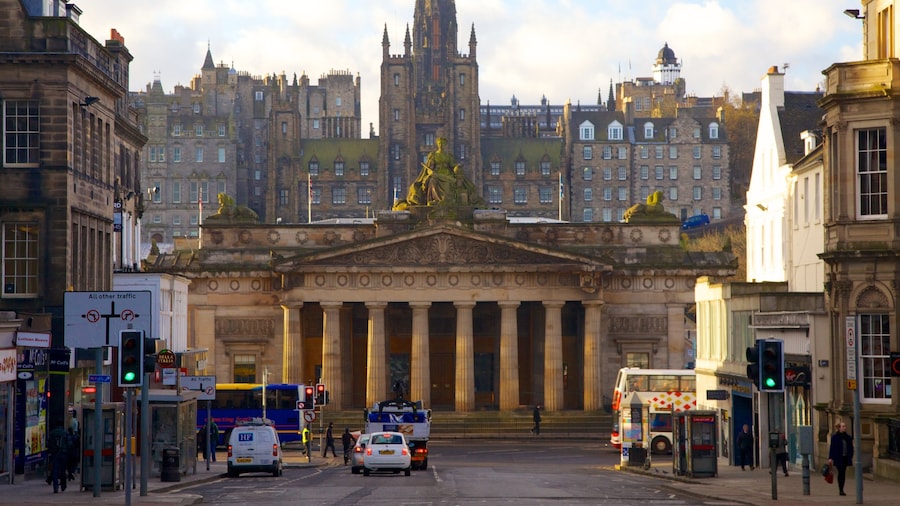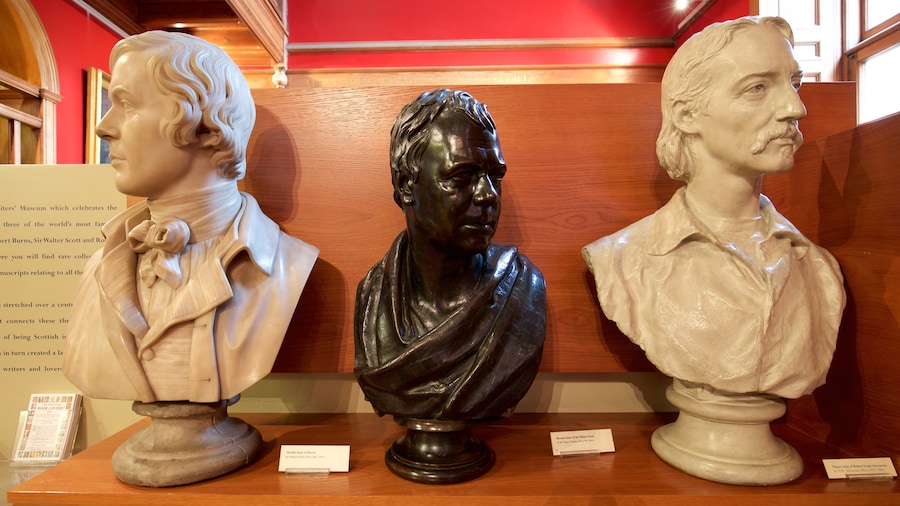One of Edinburgh's most emblematic monuments, this tower was built to honour the exploits of the famous writer Sir Walter Scott.
The Scott Monument stretches to just under 61 metres in height, and climbing up it is one of the best ways to take in the views of the city. It is said to be the biggest monument to a writer in the world.Sir Walter Scott lived from 1771 to 1832. Upon his death, it was decided that his fame and literary prowess should be celebrated and remembered. The Scott Monument was started in 1840, with construction finishing and the tower opening in 1846.Bring plenty of energy to climb the 287 steps to the top. There are a number of different viewing points, offering contrasting vistas on the city – and also an opportunity to take a break if you need one. The final ascent to the top is a sharp one up a spiral staircase.While many visit purely for the views, the ornate Victorian Gothic design is another very good reason to come to the Scott Monument. Gruesome gargoyles leer down on you from the walls of the tower, and there are also 64 statues representing a range of different characters from Scott's books, as well as a statue of the man himself and his favourite dog, Maida, at the base of the monument.The Scott Monument contains a small exhibit covering the novelist's life in the Museum Room. This room is lit by four large stained-glass windows, each depicting different things: the Edinburgh coat of arms, the Scottish coat of arms, St Andrew and St Giles (the patron saints of Scotland and Edinburgh respectively).Found in the easily accessible grounds of East Princes Street Gardens, there is a range of public transport running to the area around the monument.The monument is open every day, but opening hours vary according to the season – take a look at the Edinburgh Museum site for times. It's worth noting that there is no wheelchair access to the Scott Monument.



